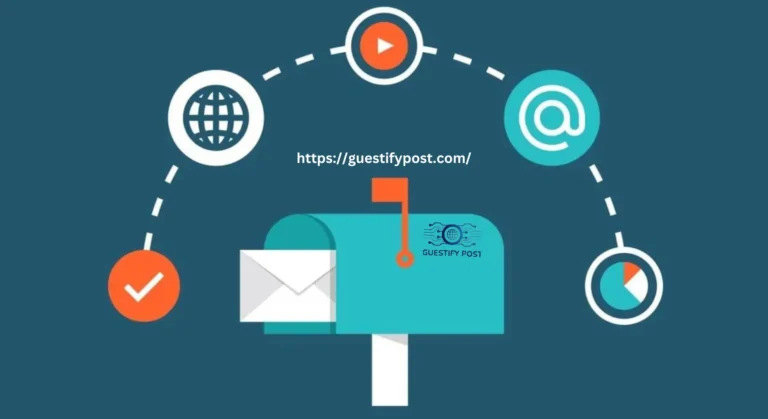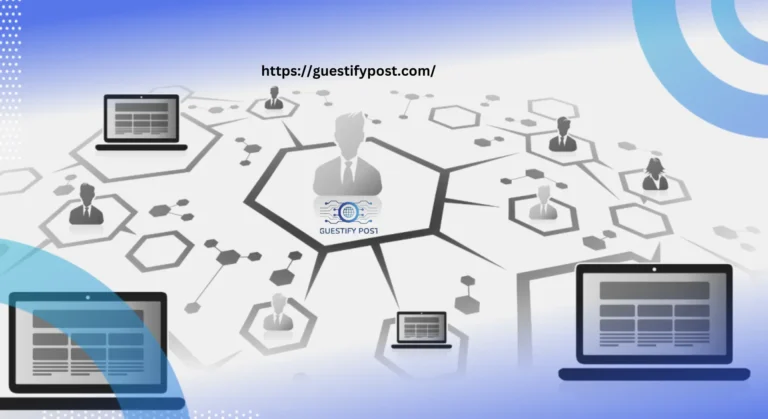Guide to Simplifying Business Email via Subdomain Stripping
Business Email Subdomain Stripping simplifies email addresses by removing unnecessary subdomains, streamlining domain components for enhanced organization and efficiency. This practice aids in managing, categorizing, and validating email lists effectively, contributing to smoother communication processes within enterprises.
A critical component of web creation and optimization. This post delves deeply into the complexities of subdomains and how removing them affects website speed and search engine optimization (SEO). Understanding the subtleties of subdomain stripping is essential for anybody working in website administration or digital marketing. So, let’s go on this adventure to discover the secrets of subdomain manipulation and its ramifications for online visibility and user experience
Understanding Subdomain Stripping
In email addresses, subdomains are additional parts of the domain structure used for departmental or organizational distinctions. By extracting these subdomains, email addresses become more uniform and concise, promoting consistency and ease of use across communication channels.
Subdomain stripping, a vital aspect of web surfing protocols, refers to the process by which certain web viewers ignore the subdomain element of a URL while traversing between sites within the same domain. This method improves online navigation by simplifying URLs for users while retaining website functioning. Despite its seemingly harmless nature, subdomain stripping has hidden ramifications that must be carefully considered.
Benefits of Subdomain Stripping
Subdomain stripping is a technique used in web development and site architecture that involves removing or consolidating subdomains to streamline a website’s structure. This practice can have several benefits for both the website owners and users. Here are some key advantages of subdomain stripping
Improved User Experience
Shorter URLs improve user experience by making navigating easier and lowering the cognitive strain associated with long site addresses. Users may simply understand and memorize simplified URLs, resulting in greater engagement and satisfaction.
Enhanced Search Engine Visibility
Subdomain stripping can improve search engine optimization (SEO) efforts by unifying information under the primary domain. Search engines emphasize succinct and relevant URLs, therefore stripped URLs are more likely to appear higher in search results.
Consistent Branding
Removing subdomains encourages consistent branding by creating a cohesive web presence under the core domain. This increases brand identification and strengthens brand identity across several internet channels.
Facilitated Analytics Tracking
Streamlined URLs make analytics monitoring easier by offering better insights into user behavior and website performance. Subdomain stripping enables marketers to correctly identify traffic and conversions to specific sites, campaigns, or projects.
Enhanced Shareability
Subdomain stripping produces shorter URLs, which are easier to distribute across social media platforms, email campaigns, and other digital channels. Compact URLs are less prone to truncation and more visually attractive, enhancing user engagement and click-through rates.
Implementing Subdomain Stripping
In order to enjoy the benefits of subdomain stripping, website owners can use a variety of approaches such as URL rewriting, server configurations, and content management system (CMS) settings. Web developers may also use subdomain stripping into website redesigns or upgrades to optimize URL structures and improve the overall user experience.
Importance in Email Validation
Subdomain stripping plays a crucial role in email validation by increasing deliverability rates, enabling precise targeting, and optimizing data accuracy. It ensures that emails reach the intended recipients and contribute effectively to business objectives.
Business Email validation is more than just a formality; it is a strategic requirement. At its foundation, email validation ensures the integrity of communication channels. Businesses may avoid the hazards of undeliverable emails, bounced communications, and damaged sender reputations by ensuring that their email addresses are correct and operational. Furthermore, email validation acts as a deterrent to fraudulent actions, safeguarding businesses against phishing schemes, spam assaults, and harmful invasions.
Tools for Automation
Various tools and methods, including software suites and Python scripts, automate subdomain removal from email addresses, eliminating manual processes and enhancing efficiency in email management.
Challenges and Solutions
Business Email may encounter challenges such as identifying fake addresses, ensuring data privacy, maintaining GDPR compliance, and navigating the complexities of regular expressions. However, employing robust validation techniques and data scrubbing processes helps overcome these hurdles.
Impact on Email Deliverability
While subdomains aid in organizational segregation, they can sometimes hinder email deliverability. Understanding the balance between subdomain usage and deliverability is essential for optimizing email engagement rates.
Impact of Subdomains on Email Deliverability
While subdomains aid in organizational segregation, they can sometimes hinder email deliverability. Striking the right balance between subdomain usage and deliverability is essential for optimizing email engagement rates and maximizing the effectiveness of communication efforts.
Ensuring Data Accuracy Through Email Subdomain Analysis
Subdomain stripping goes beyond email data transformation; it’s about ensuring data integrity. Regular email data scrubbing and validation help businesses maintain updated, relevant, and actionable email lists, leading to better CRM systems, streamlined marketing campaigns, and higher ROIs.
Measuring ROI
The benefits of subdomain stripping manifest in decreased bounce rates, enhanced engagement metrics, and cost efficiency in email campaigns. By investing in email data cleansing and validation, businesses can achieve tangible returns on their efforts.
Conclusion
Finally, the journey through the complexities of business e-mail addresses has brought us to a suitable solution: subdomain stripping. Businesses could substantially enhance their communication rules by improving email address systems and deleting unneeded subdomains. This not only streamlines internal activities, but also increases the efficiency and clarity of external exchanges. As technology advances, businesses must adopt creative solutions such as subdomain stripping to stay competitive. So, whether you’re a little startup or a major the company, consider using subdomain stripping to streamline your email addresses and move your business ahead.






